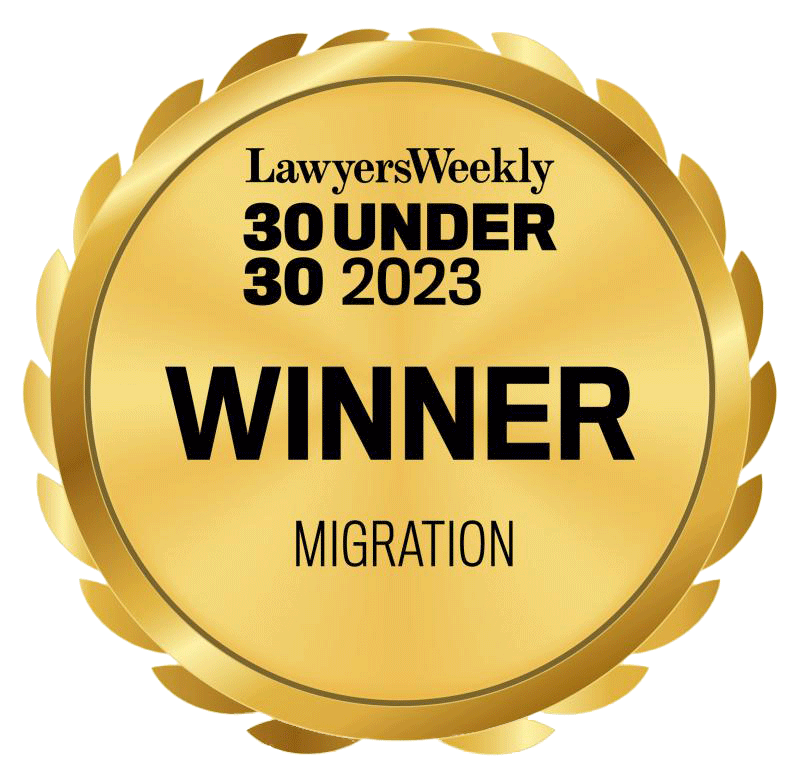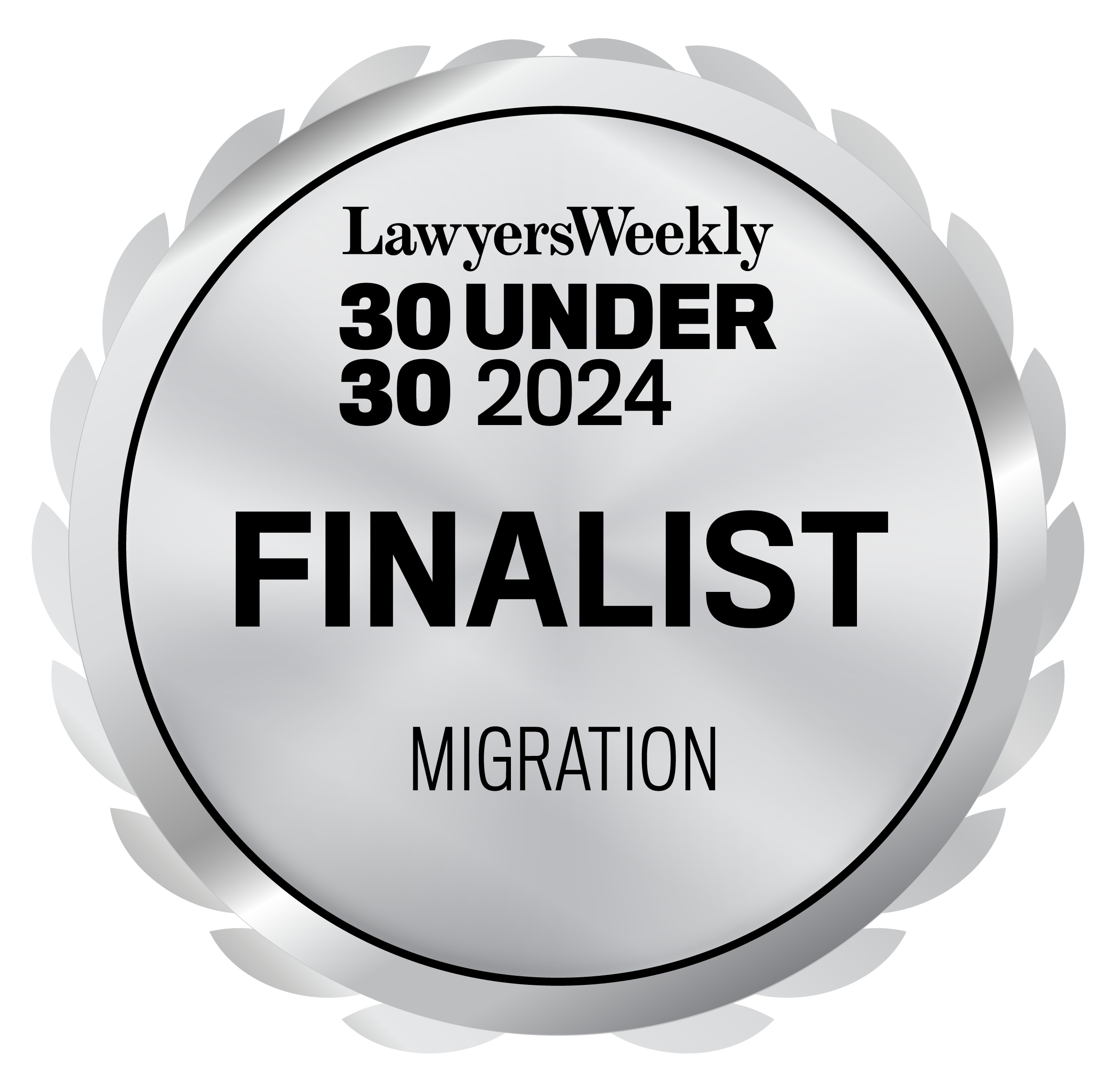Labour Agreements


Labour Agreements are available for businesses who wish to sponsor overseas worker when the standard work visa program is not available.
They are agreements between the Australian Government and employers, to enable businesses to sponsor workers on subclass 482, 494, or 186 visas.
Types of Labour Agreements Available
There are five types of Labour Agreements currently available:
- Company Specific Labour Agreements
- Designated Area Migration Agreements (DAMA)
- Global Talent Employer Sponsored (GTES) agreements
- Industry Labour Agreements
- Project Agreements
Also, from July 2021, the Australian Government introduced a Skilled Refugee Labour Agreements pilot program.
Company Specific Labour Agreements
This is for a business to enter into an agreement with the Australian Government for the specific needs that the business has. This type of agreement is an option where other types of agreement (such as DAMA) and the standard work visa program are not available. For instance, if a business wants to nominate an occupation that is not listed in any of the published skilled occupation lists.
Employers can also negotiate concessions, such as English language requirements, salary, work experience, and pathway to permanent residency.
Designated Area Migration Agreements (DAMA)
DAMA is a formal agreement between the Australian Government and a local government in Australia such as a regional/state/territory authority. It is a two-tier framework: the first agreement with the region’s representative, the second with the specific employer who needs the worker.
There are currently 12 DAMAs in Australia:
- Adelaide City Technology and Innovation Advancement, SA: Skilled & Business Migration
- East Kimberley, WA: East Kimberley Chamber of Commerce and Industry
- Far North Queensland, QLD: Cairns Chamber of Commerce,
- Goulburn Valley, VIC: Goulburn Valley
- Great South Coast, VIC: Warrnambool City Council
- Northern Territory, NT: Northern Territory Designated Area Migration Agreement
- Orana, NSW: Regional Development Australia – Orana, NSW
- Pilbara, WA: website being developed
- South Australia Regional, SA: Skilled & Business Migration
- South West, WA: Shire of Dardanup
- The Goldfields, WA: City of Kalgoorlie Boulder
- Townsville, QLD: Townsville Enterprise Limited
Global Talent Employer Sponsored (GTES) Agreements
There are two streams under GTES Agreements: established business, and startups. As the name suggests, the established business stream is for accredited sponsors, and the startups are for innovative startups in a tech-based or STEM field (science, technology, engineering, and mathematics).
The GTES is suitable for highly skilled applicant who has extensive experience in a niche field who can subsequently transfer their skills to Australians, and/or act as ‘job multipliers’ that helps the business to create more jobs in Australia.
Industry Labour Agreements
The Industry Labour Agreements are for employers in specific industries. The terms and conditions of these agreements are fixed, as the labour shortages in these industries are already acknowledged as ongoing.
There are currently 10 industry labour agreements in place:
- Dairy
- Fishing
- Meat
- Minister of Religion
- On-hire
- Pork
- Restaurant (premium dining)
- Advertising
- Horticulture
- Aged Care
Projects Agreements
Projects agreements are for project companies that experience shortages during the construction phase of infrastructure or resource projects. One example would be those companies operating under the China-Australia Investment Facilitation Agreement.
Steps Involved in Labour Agreements
Many labour agreements, particularly the company-specific agreements involve a whole lot of process of evidence building as well as negotiation with the Department of Home Affairs. Though there is no fee charged by the Department, they can decide not to enter into any agreement with the employer/sponsor, and this decision is not merits reviewable or appealable. Therefore, it is crucial to have a good representation who assists with the preparation.
TSS Subclass 482 Visa Frequently Asked Questions
Can an Applicant apply for permanent residency through Labour Agreement?
Many Labour Agreements already outline pathways to permanent residency, and in some, this needs to be negotiated.
What will happen to my labour agreement visa if I no longer work for the sponsor?
The visa granted to the worker will be either 482, 494, or subclass 186 visa. The standard visa condition applies, that is, if it is a subclass 482 visa for instance, then the visa holder must only work for the sponsor or find a new sponsor if he/she ceases working. Otherwise, the visa may be subject to cancellation.
How long is a labour agreement usually granted for?
The Agreement is usually for 5 years and is renewable. During the term of the Agreement, should the employer wish to vary any terms, they can request and apply for a variation of the Agreement.
Does the sponsor need to meet the Skilling Australian Fund Levy (SAF) to sponsor someone on a Labour Agreement?
There is no fee charged by the Australian Government to request and negotiate Labour Agreement. However, should a subsequent nomination be submitted, SAF and other fees will apply in relation to the Nomination Application
Does my occupation need to be on a specific list to apply for the Labour Agreement?
Generally, we can request for the Agreement to list any occupation the employer need, if it is not very low-skilled.
Contact Our Team
Fill in the form below and one of team will get in touch with you as soon as possible.